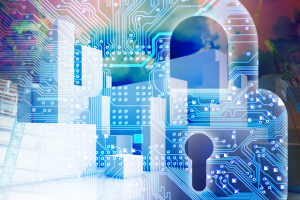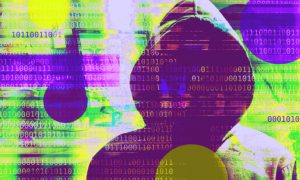Here’s the brutal truth: It doesn’t matter how much your organization spends on the latest cybersecurity hardware, software, training, and staff or whether it has segregated its most essential systems from the rest. If your mission-critical systems are digital and connected in some form or fashion to the internet (even if you think they aren’t, it’s highly likely they are), they can never be made fully safe. Period.
This matters because digital, connected systems now permeate virtually every sector of the U.S. economy, and the sophistication and activity of adversaries — most notably nation-states, criminal syndicates, and terrorist groups — have increased enormously in recent years. Witness the attacks in the United States on Atlanta’s municipal government and on a data network shared by four operators of natural-gas pipelines, the theft of data from Equifax, and the global WannaCry and NotPetya malware attacks. In many of the most notorious incidents of recent years, the breached companies thought they had strong cyber defenses.
Monthly Archives: May 2018
A real-time connection is key to IoT development | ITProPortal
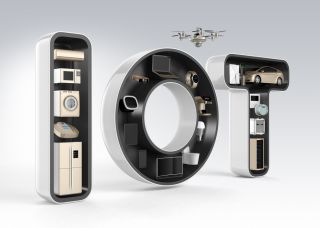
The Internet of Things (IoT) is increasingly becoming an integral feature of our daily business environment. More organisations are using devices in a distributed network to support the day-to-day running of the business in order to improve productivity, enhance customer service and reduce maintenance overheads.
With the number of IoT devices expected to reach 125 billion by 2030, it is clear that many industries have already begun using them for critical business processes. It is therefore important that businesses understand as early as possible, the radically differing requirements of IoT devices, their criticality to the business and the implications for businesses that don’t get it right.
Source: A real-time connection is key to IoT development | ITProPortal
Tenable discovers 0-day vulnerabilities in Schneider Electric software affecting critical infrastructure | CSO
Tenable, the Cyber Exposure company, recently discovered a critical remote code execution vulnerability in two Schneider Electric applications heavily used in manufacturing, oil and gas, water, automation, wind and solar power facilities in the U.S. If exploited, the vulnerability could give cybercriminals complete control of the underlying system. Attackers would also be able to use the compromised system to move laterally through the network, exposing additional systems to attack, including human-machine interface (HMI) clients. In a worst case scenario, attackers could use the vulnerability to disrupt or even cripple plant operations.
Safer connections: reducing the security risks of the internet of things | The Engineer
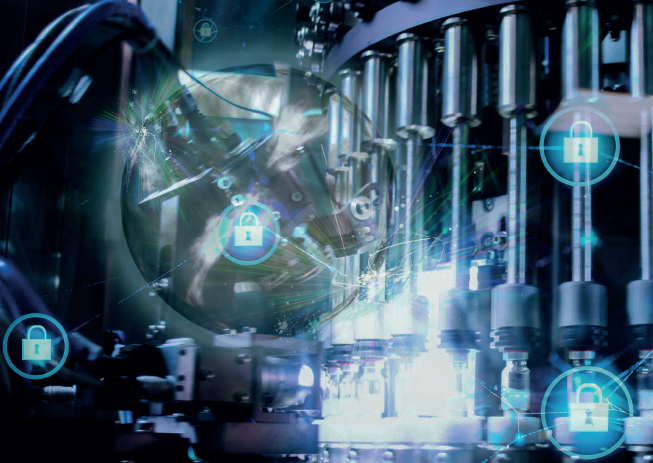
When EM Forster exhorted his readers to “Only connect!” at the end of his novel Howards End, he couldn’t have imagined how connected we would all become barely a century later. Not only does ubiquitous internet mean that we are plugged into media services constantly, but it is becoming increasingly difficult to buy technology that is not ‘smart’ in some way. For most of these devices, that smartness derives from connectivity to the Internet and to other devices and systems.
The average UK house already contains around 15 connected devices, some obvious such as phones, laptops, tablets, televisions and smart meters, and some much less so, such as kettles, coffee makers, thermostats and switches. This number will only grow in the coming years.
Source: Safer connections: reducing the security risks of the internet of things | The Engineer
Hacking the internet of things just got easier – it’s time to look at your security | Computer Weekly
In 2016, hackers were able to use 100,000 internet-connected devices to bring down Twitter, Spotify and PayPal. They recruited and infected simple household appliances, such as digital video recorders and fridges, to attack a large network infrastructure provider and create chaos. Consumers were not aware that their own appliances were being used in this way.
Getting grounded in IoT networking and security | Network World
The internet of things already consists of nearly triple the number of devices as there are people in the world, and as more and more of these devices creep into enterprise networks it’s important to understand their requirements and how they differ from other IT gear.
The major difference is that so far they are designed with little or no thought to security. That stems from having comparatively little memory and compute power to support security but also because often they are designed with time-to-market, price and features as top considerations to the exclusion of security.
Source: Getting grounded in IoT networking and security | Network World
Hack-proofing devices: Security in the age of Internet of Things | The Financial Express

The Internet of Things (IoT) represents an unusual period in technology history. Most people assume that the functionality of IoT is similar to the traditional internet, which leads to a similar assumption around IoT security. By understanding the true nature of IoT and rethinking the approach to security, firms can mitigate a variety of threats. A secure foundation can be built through implementation of comprehensive security measures before a single device is activated.
Source: Hack-proofing devices: Security in the age of Internet of Things | The Financial Express
Preparing for an Internet of Things future: In blockchain we trust | Information Age
While connected devices are expected to dominate every aspect of our lives in the coming years – and already outnumber humans in terms of a basic headcount – belief in the ecosystem’s security is still lacking, and has a long way to go before businesses and individuals fully invest in its potential
Source: Preparing for an Internet of Things future: In blockchain we trust | Information Age
Looking to the Future Means Implementing an Internet of Things-Based Strategy | Adweek
For several years now, the news has been filled with stories about the death of traditional advertising. Instead of classic ads, modern consumers want experiences. AKQA’s chairman Ajaz Ahmed put it this way: “Our belief is that audiences want to have more engagement and more of an experience, rather than be bombarded with endless messages.”
Source: Looking to the Future Means Implementing an Internet of Things-Based Strategy – Adweek
Global Internet of Things (IoT) In Healthcare Market Growing Rapidly by 2025 | Medgadget
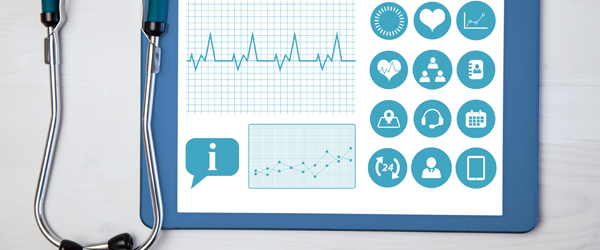
Global Internet of Things in Healthcare Market valued approximately USD 41 Billion in 2016 is anticipated to grow with a healthy growth rate of more than 30 % over the forecast period 2017-2025. The increasing emergency of digital healthcare technology, has showed the requirement for better targeted therapeutics and diagnostics tools. Additionally, it not only offers remote patient monitoring, but also works as a wellness and fitness athletes and a reminder for patients of their medicine dose. The implementation of IoT is successful in monitoring of diabetes & asthma patients, along with high penetration of wellness and fitness devices, has formed a huge demand of IoT in healthcare market.


